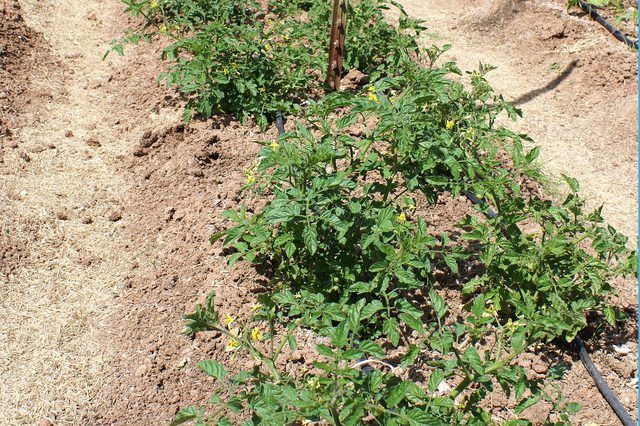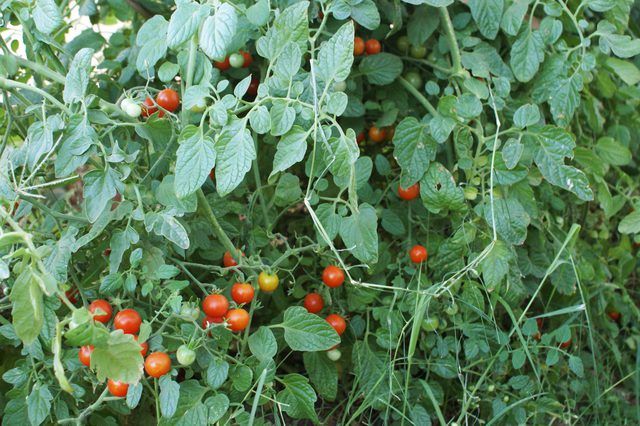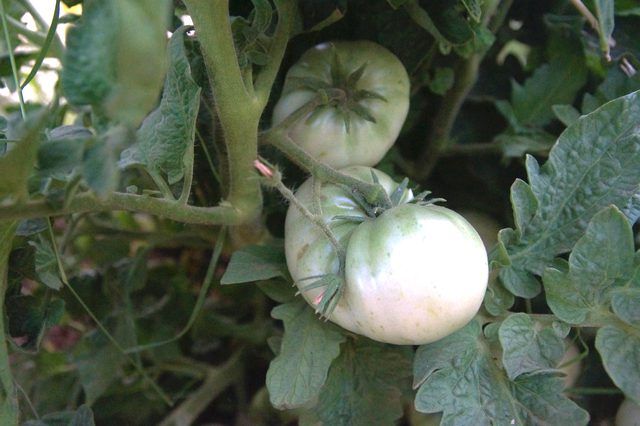Bulbs
Flower Basics
Flower Beds & Specialty Gardens
Flower Garden
Garden Furniture
Garden Gnomes
Garden Seeds
Garden Sheds
Garden Statues
Garden Tools & Supplies
Gardening Basics
Green & Organic
Groundcovers & Vines
Growing Annuals
Growing Basil
Growing Beans
Growing Berries
Growing Blueberries
Growing Cactus
Growing Corn
Growing Cotton
Growing Edibles
Growing Flowers
Growing Garlic
Growing Grapes
Growing Grass
Growing Herbs
Growing Jasmine
Growing Mint
Growing Mushrooms
Orchids
Growing Peanuts
Growing Perennials
Growing Plants
Growing Rosemary
Growing Roses
Growing Strawberries
Growing Sunflowers
Growing Thyme
Growing Tomatoes
Growing Tulips
Growing Vegetables
Herb Basics
Herb Garden
Indoor Growing
Landscaping Basics
Landscaping Patios
Landscaping Plants
Landscaping Shrubs
Landscaping Trees
Landscaping Walks & Pathways
Lawn Basics
Lawn Maintenance
Lawn Mowers
Lawn Ornaments
Lawn Planting
Lawn Tools
Outdoor Growing
Overall Landscape Planning
Pests, Weeds & Problems
Plant Basics
Rock Garden
Rose Garden
Shrubs
Soil
Specialty Gardens
Trees
Vegetable Garden
Yard Maintenance
How Often Should Tomato Plants Be Watered?
How Often Should Tomato Plants Be Watered?. How much water a tomato plant needs depends on where it is in its life cycle. Tomato plants that are actively growing, flowering and setting fruit need more water than tomato plants that are still in the seedling stage (not having flowered yet). Water effects how the fruit looks: too much and the tomato...
How much water a tomato plant needs depends on where it is in its life cycle. Tomato plants that are actively growing, flowering and setting fruit need more water than tomato plants that are still in the seedling stage (not having flowered yet). Water effects how the fruit looks: too much and the tomato will suffer from blossom-end rot; too little and the tomato will crack (also called cat facing).

After sowing tomato seeds, it is important to keep the seed-sowing flat evenly moist. Don't water from above, as this might cause damping off. Place the flat in a larger shallow container that's filled with water. The flat will wick water from the container into the soil. Remove the flat when the soil is moist. When the surface of the soil starts to dry out, replace the flat in the container of water. Continue to do this until the seeds start to germinate.

Seedling tomatoes should also be watered from the bottom up to avoid damping off and other bacterial disease. Once the seedling tomatoes have been potted into individual containers, allow the top 1/4 inch of soil to dry out before watering.
Continue to allow the top 1/4 inch of soil to dry out while hardening off your seedlings. After transplanting your seedlings into the garden, gradually increase the time between watering until the top 2 to 3 inches of soil dries out before you water again. Do not allow your seedlings to wilt.
The trick to watering tomatoes is to always water under the plant, as splashing water can cause disease, and water deeply and infrequently for deeper root growth. The longer the roots, the healthier the tomato plant and the less time you will have to water as the roots will pull water (and nutrients) up from deeper layers of soil. To water deeply, apply water to the soil until it starts pooling on the soil's surface. Stop watering when it takes one to two minutes for the pooled water to be absorbed by the soil.

Flowering tomatoes need a steady supply of moisture to prevent decreased flowering and flower drop. Allow the top 2 to 3 inches of soil to dry out before watering again. You should only have to water every second or third day. Aim to give your tomato plants 1 to 2 inches of water a week. Remember that rain counts as a watering.

It is critical that your tomato plants receive adequate amounts of water while they are setting fruit. Inadequate water will cause your plant to stop flowering and to drop immature fruit. Too much water will cause your tomatoes to taste watery, and the skin to crack. Your tomato plants can withstand both insects and fungal or bacterial disease better if they're watered regularly.
Continue to give your plants 1 to 2 inches of water a week; however, only allow the top 1 to 2 inches of soil to dry out before watering again. Applying mulch, whether plastic or organic, will help conserve moisture and reduce the risks of soil-borne diseases. Your tomatoes may need more water if it is particularly hot and humid. Let the soil dryness indicate when your tomatoes need to be watered.

As the season winds down and late summer turns to fall, allow the top 2 to 3 inches of soil to dry out before watering. Two to three weeks before your first frost date, stop watering your tomatoes. Remove unripened tomatoes as the plants start to die back.
